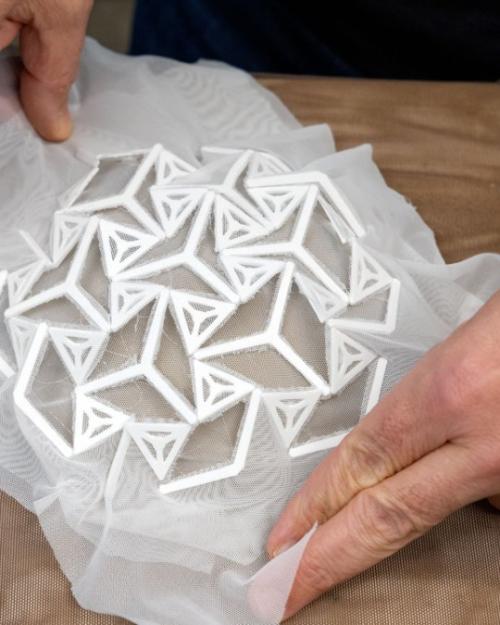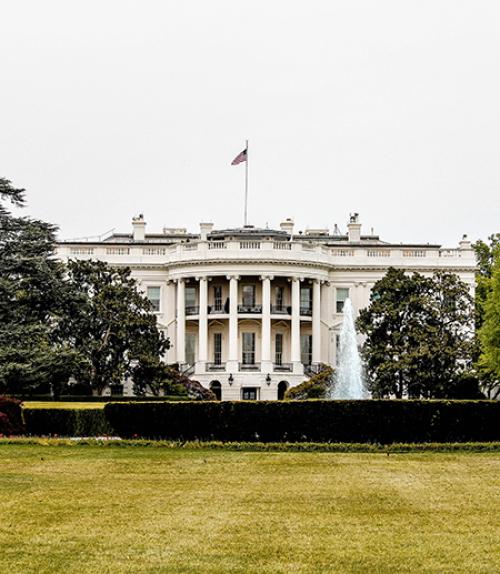From Hillary Clinton’s surprise loss to Donald Trump in the 2016 presidential election to the failure of the Democratic Party to choose a female candidate for 2020 despite an abundance of qualified women, the past few years have been disappointing to those who believe a female president is long overdue, writes Kate Manne, associate professor of philosophy, in a New York Times op-ed.
“Could a female vice president help to change this troubling situation?” Manne writes in the piece. “While there’s reason to regard Joe Biden’s pending selection of a female running mate as a step in the right direction, it’s ultimately a small one. And far from challenging the prevailing biases against powerful women, a female vice president would in some ways reinforce them.”
Read the story in the New York Times.




